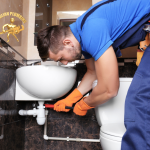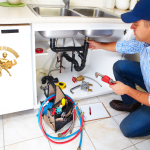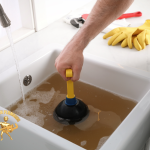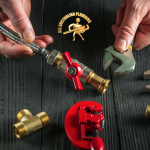Addressing toilet leaks promptly is crucial, not only to avoid water wastage but also to prevent potential damage to your home. Toilet leaks can range from minor issues that are easily fixable to more complex problems that may require professional intervention. Understanding the typical causes of these leaks, such as wear and tear of internal components or issues in the sealing, is the first step towards effective repair. Timely action can save both water and money, and ensure the longevity and proper functioning of your household toilet.
Recognizing the Symptoms of a Leaking Toilet
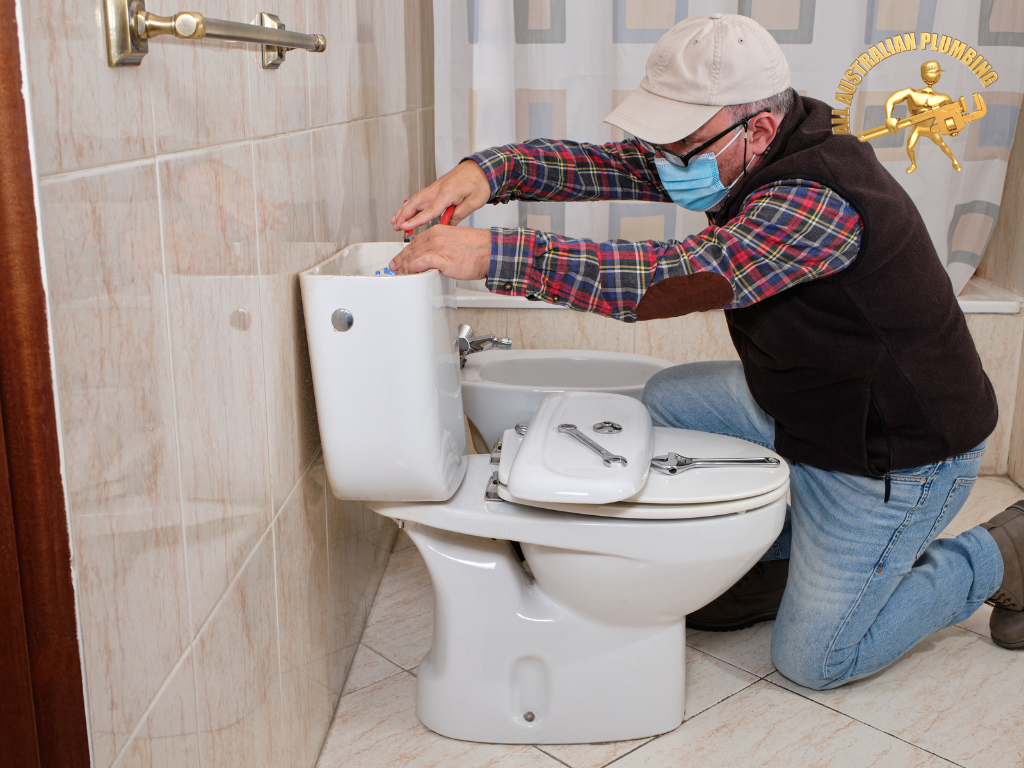
Identifying Signs That Indicate a Toilet Leak
Recognizing the early signs of a toilet leak can help in addressing the issue before it escalates. Common indicators include:
- The sound of water continuously running in the toilet bowl.
- Unusual wetness around the base of the toilet.
- Unexpected increases in water bills.
- The toilet tank not filling up properly or water spilling over into the overflow tube.
Quick Checks to Confirm a Leak in Your Toilet
To confirm a leak in your toilet, you can perform a few simple checks:
- Add a few drops of food coloring to the toilet tank and wait for 15-20 minutes. If the color appears in the bowl without flushing, there’s a leak.
- Check for any visible cracks in the tank or bowl.
- Inspect the base of the toilet for any signs of water damage or seepage.
Tracing the Source of the Leak
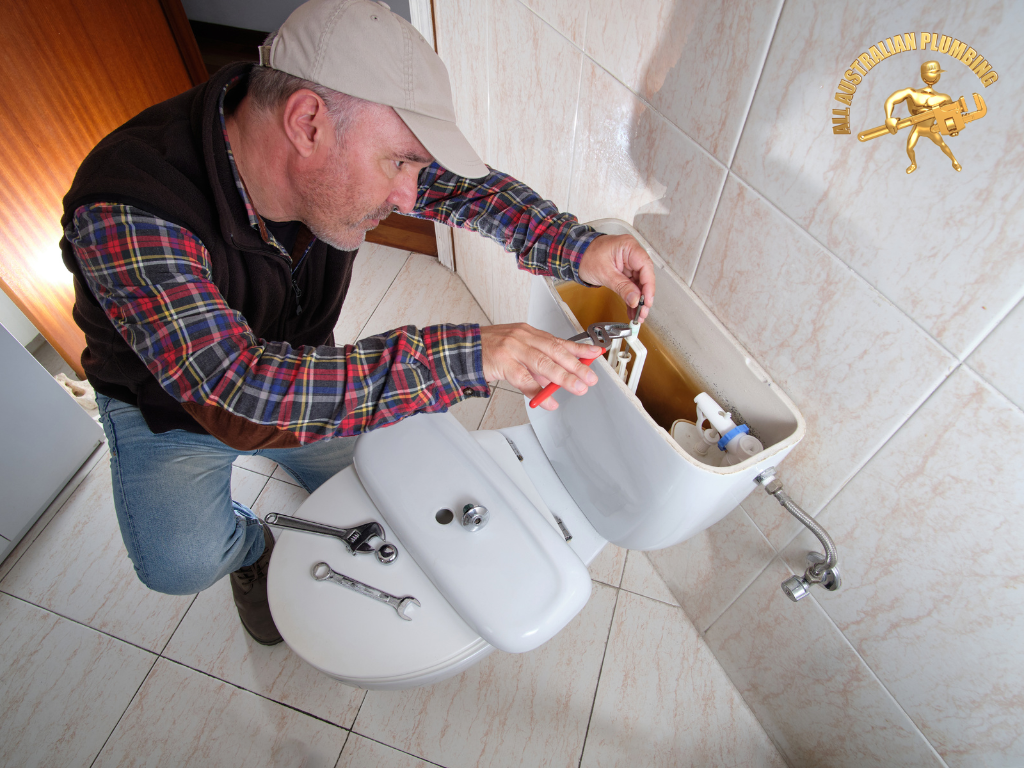
Step-by-Step Guide to Locating the Source of the Leak
Locating the source of the leak is essential for effective repair:
- Check the flush valve and the flapper at the bottom of the tank; these are common sources of leaks.
- Inspect the water supply line and the connection points to the toilet.
- Examine the tank bolts and washers for any signs of corrosion or looseness.
- Look for cracks or damage in the toilet bowl or tank.
Differentiating Between Common Leak Points
Understanding common leak points helps in targeted repairs:
- Flapper/Flush Valve Leaks: Usually cause water to trickle into the bowl.
- Supply Line Leaks: Often result in water pooling around the base.
- Tank-Bowl Gasket Leaks: Can cause water to leak either into the bowl or outside the toilet.
Gathering Tools and Materials for the Repair
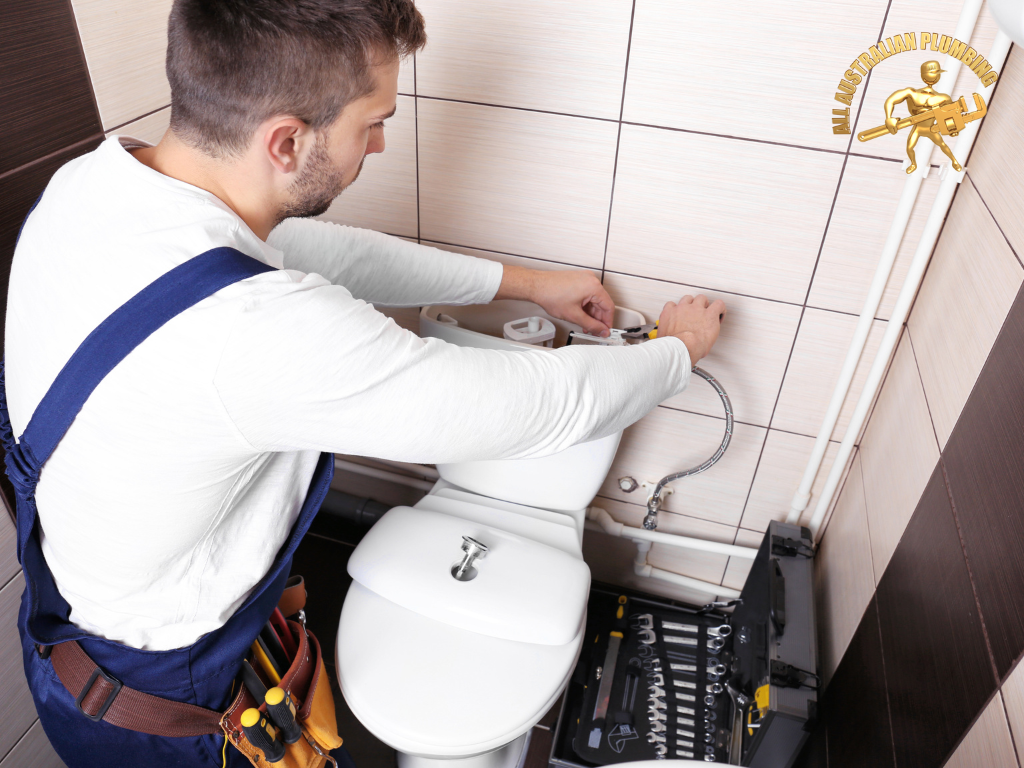
Essential Tools Every Homeowner Should Have for Toilet Repairs
For most toilet repairs, you’ll need basic tools such as:
- Adjustable wrenches.
- Screwdrivers.
- A plunger.
- A pair of gloves for hygiene.
Selecting the Appropriate Materials and Spare Parts
Choosing the right materials is key:
- Replacement flappers or valve seals for internal leaks.
- New washers and bolts for securing the tank.
- A new supply line or connectors if there’s a leak in the water supply.
- Silicone sealant for leaks around the base.
Detailed Instructions for Repairing Various Types of Toilet Leaks
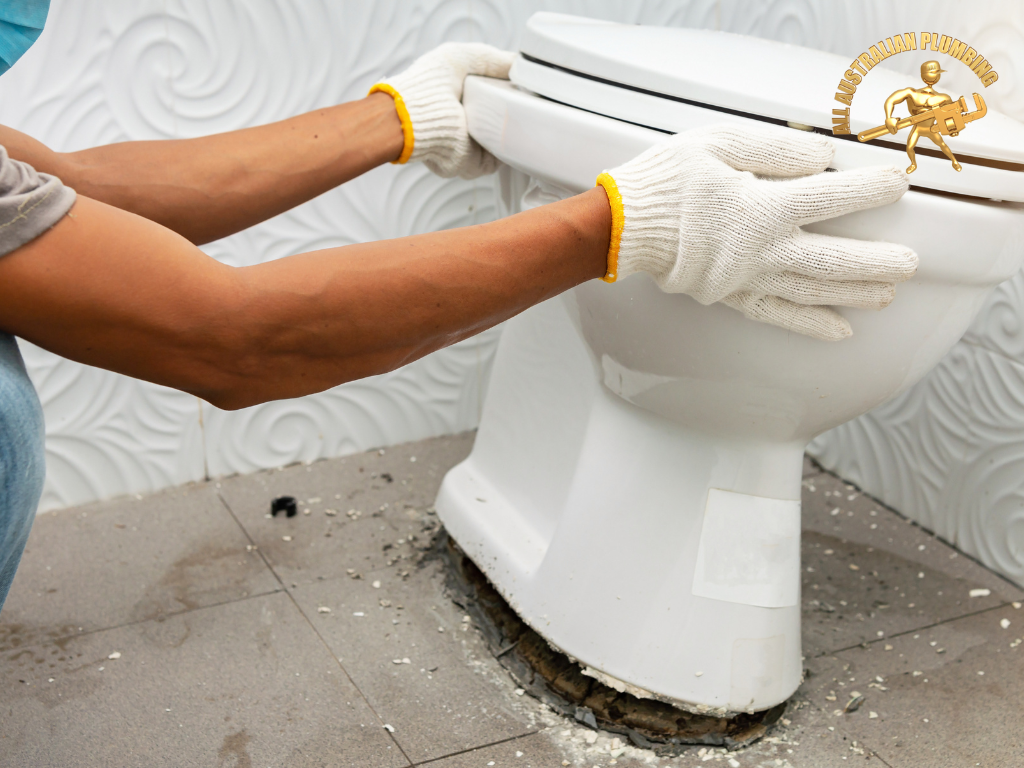
Fixing Leaks in the Toilet Tank
Leaks in the toilet tank often result from a faulty flapper or a compromised flush valve. To fix these:
- Turn off the water supply to the toilet.
- Drain the tank by flushing the toilet.
- Inspect the flapper; replace it if it’s worn or damaged.
- Check the flush valve seat for damage; smoothen rough edges or replace the valve if necessary.
Resolving Leaks at the Base of the Toilet
Leaks at the base often indicate a broken seal. To repair:
- Turn off the water and drain the toilet.
- Loosen and remove the bolts securing the toilet to the floor.
- Lift the toilet and replace the wax ring seal.
- Reinstall the toilet, ensuring it’s firmly and evenly seated before tightening the bolts.
Remedying Leaks in the Flush Valve and Other Internal Components
Leaks stemming from the flush valve or other internal components generally require:
- Shutting off the water supply and emptying the tank.
- Unscrewing the tank from the bowl if necessary.
- Replacing or repairing the damaged components (like the flush valve, fill valve, or tank-to-bowl gaskets).
- Reassembling and testing the toilet for leaks.
Advanced Repair Techniques
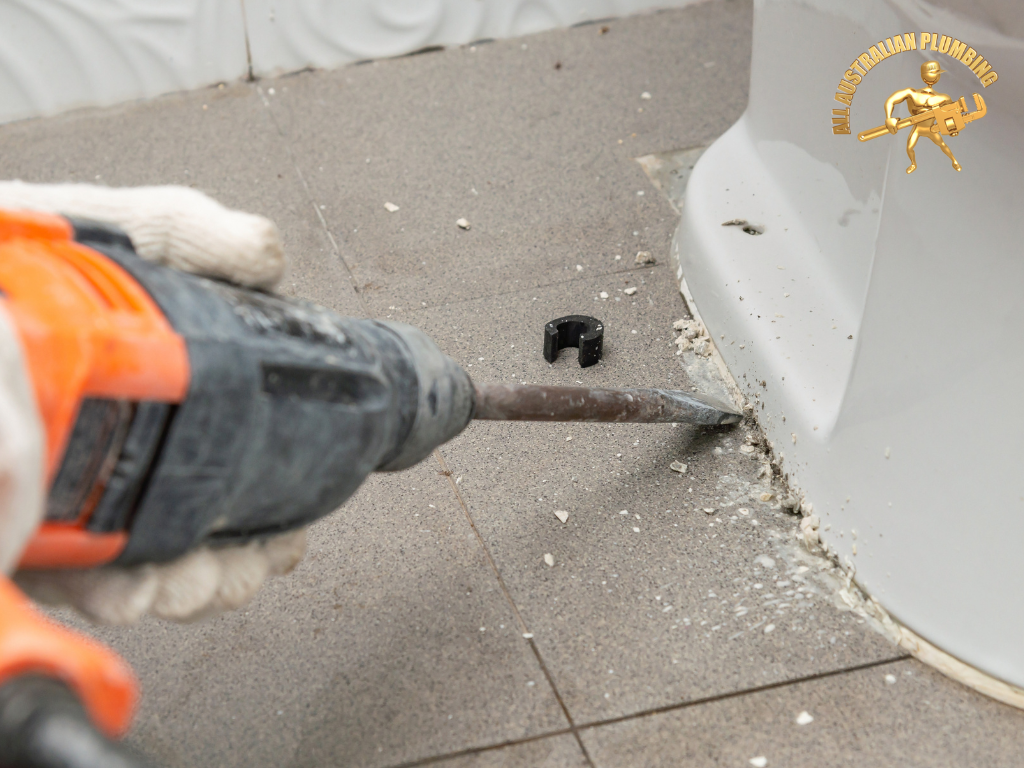
Addressing Complex Leaks and Unusual Problems
For more complex leaks, such as those in concealed plumbing or involving intricate mechanisms:
- Diagnose the issue using advanced tools like a pressure gauge or a leak detector.
- Employ techniques like pipe replacement or soldering, if familiar and equipped.
- Consider consulting a professional for non-standard problems or if in doubt.
Innovative Solutions for Persistent Leak Issues
For persistent leak issues:
- Explore the use of modern sealants and joint fillers for a more robust fix.
- Consider upgrading to more durable components that resist wear and corrosion.
- Implement smart water monitors to detect and alert for future leaks.
Regular Maintenance to Prevent Future Leaks
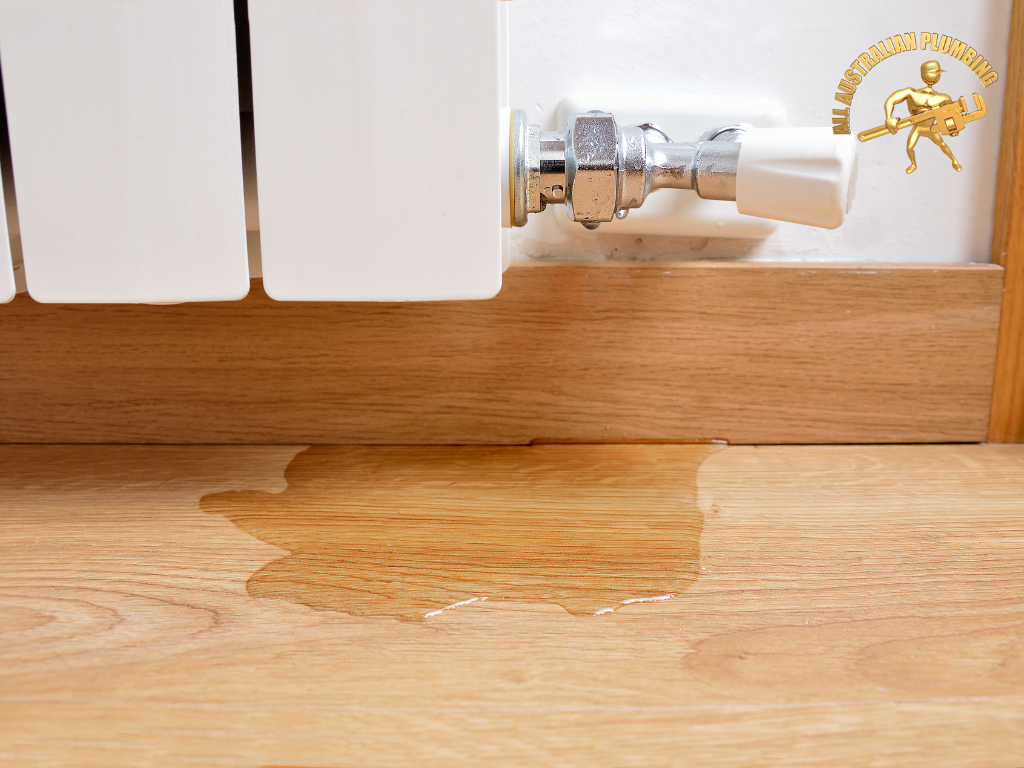
Routine Inspection and Upkeep Tips
Regular maintenance includes:
- Bi-annual checks of all toilet components for signs of wear.
- Regular cleaning to prevent mineral buildup in the tank and on fixtures.
- Testing the flush mechanism and checking for silent leaks periodically.
Knowing When to Replace Wearable Toilet Components
Stay proactive in component replacement:
- Replace flappers and washers every couple of years or at signs of degradation.
- Upgrade the fill valve and flush system if they start showing inconsistent performance.
- Monitor for any corrosion or rust on metal parts and replace them accordingly.
Deciding Between DIY and Professional Repair
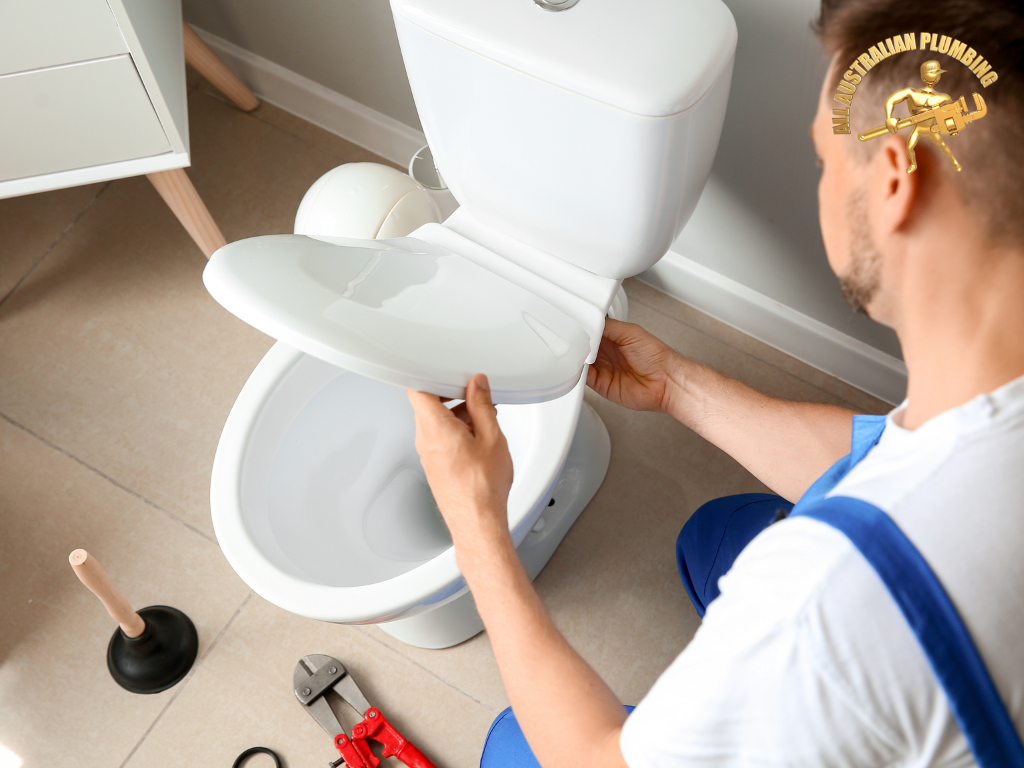
Assessing the Scope of Repair – DIY vs. Professional Help
When deciding between DIY and professional repair for toilet leaks, assess the complexity and severity of the issue. Simple leaks, like a worn flapper or a loose connection, can often be handled with basic DIY skills. However, if the repair involves complex plumbing, or if the problem persists despite initial efforts, it’s advisable to seek professional help. Consider factors such as your experience, the tools required, and the potential for complicating the issue further.
Understanding the Benefits of Professional Plumbing Services
Professional plumbers bring expertise, specialized tools, and experience in handling diverse plumbing issues. They can diagnose and fix complex problems more efficiently and provide guarantees on their work. Professional intervention is crucial for major repairs, as they ensure compliance with local plumbing codes and can prevent future issues, saving time and money in the long run.
Water Conservation and Environmental Aspects
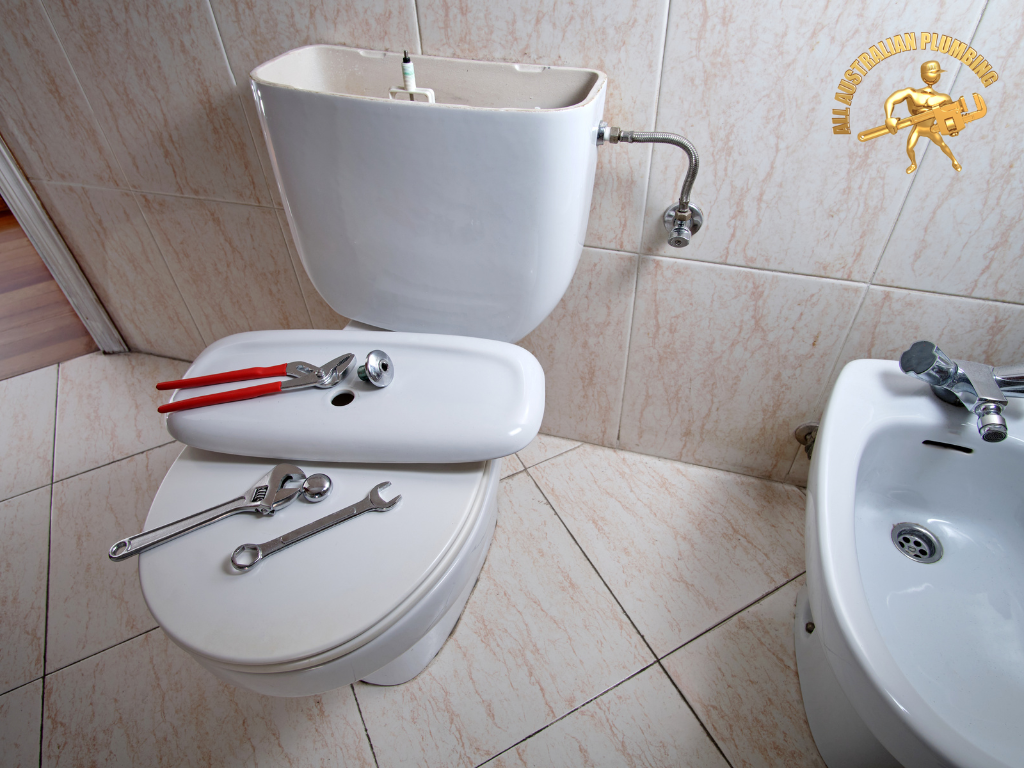
The Role of Leak Repairs in Water Conservation
Fixing toilet leaks is vital for water conservation. A leaking toilet can waste a significant amount of water, leading to higher utility bills and environmental strain. Timely repairs not only save water but also contribute to sustainable living practices. In areas facing water scarcity, addressing even small leaks can have a substantial impact on overall water conservation efforts.
Eco-Friendly Practices in Toilet Maintenance
Adopt eco-friendly practices in toilet maintenance by:
- Using water-efficient parts like low-flow flappers and fill valves.
- Avoiding harsh chemicals that can harm the plumbing system and the environment.
- Considering the installation of newer, more water-efficient toilet models.
Conclusion
To effectively repair toilet leaks, it’s essential to recognize the symptoms, understand the repair process, and choose between DIY and professional help appropriately. Regular maintenance and timely repairs are key to preventing leaks and ensuring the longevity of your toilet. Moreover, by addressing toilet leaks promptly and adopting eco-friendly maintenance practices, homeowners can play a significant role in water conservation and environmental protection.

